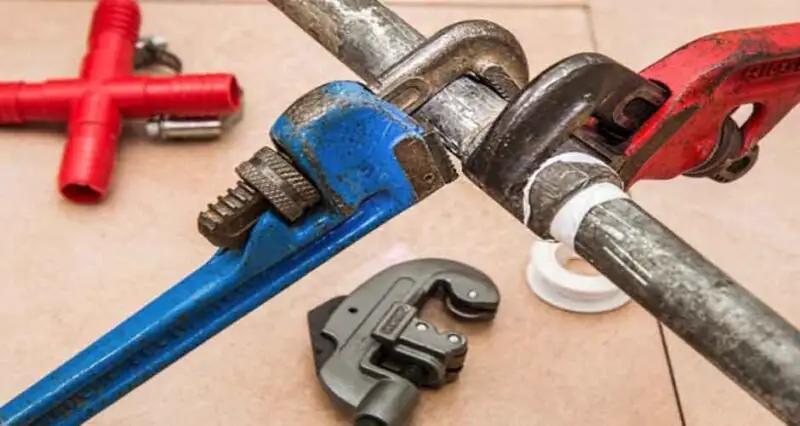
Underneath the comfort and convenience of our daily lives, piping systems quietly transfer water, gas, and waste materials to their proper destinations. It’s an intricate network that remains largely unseen until something goes wrong. It’s often in the form of a cracked pipe, leading to leaks and potential disasters.
This article sheds light on the leading causes behind cracked pipes and how to prevent them. Read on.
The Culprits of Cracks
Cracked pipes are a common problem that can lead to higher cost pipe repairs and inconvenience. Here are various causes.
Corrosion
One of the most prevalent reasons for cracked pipes is corrosion. Over time, chemical reactions within the pipe, often due to the pipe material’s interaction with the substances it transfers, create weak points and eventually lead to fractures. Factors such as pH levels, water temperature, and the pipe’s material can exacerbate this issue.
High Water Pressure
Excessive water pressure within the piping system is akin to overinflating a tire – it puts a tremendous strain on the materials, leading to cracks and splits. Whether due to municipal supply pressure spikes or an internal issue with the pressure regulator, high water pressure can lead to catastrophic failures in your plumbing.
Improper Installation
Even the most robust pipe material can succumb to the effects of time if not installed properly. Mishandling during installation can weaken the structure, and if the pipes aren’t supported correctly, they may eventually crack under their weight or as a result of mechanical strain.
Freezing Temperatures
Just as water expands when it freezes, so too does the water in your pipes. This expansion can generate a significant amount of pressure within the pipe, leading to cracks.
Preventative Measures
Taking preventative measures can provide a lot of benefits. Here are some of those measures.
Conduct Regular Inspections
Regular inspections, whether DIY or from a professional, can catch potential issues before they become serious problems. Look for signs of corrosion, visible leaks, or any unusual changes in water pressure or water clarity.
Monitor Water Pressure
Invest in a water pressure gauge and check your home’s water pressure periodically, especially if you notice signs of leaks. If you find the pressure is consistently high, consider a pressure-reducing valve to protect your plumbing.
Insulate Your Pipes
In cold climates, insulation can protect your pipes from freezing temperatures. Properly insulating your pipes, especially those located in unheated areas, can prevent cracks caused by freezing and thawing.
Select Quality Materials and Installers
Whether for new construction or repairs, using high-quality pipes and experienced installers is non-negotiable. Cutting corners on materials and installation may save money in the short term but can lead to costly repairs in the future.
Maintain Drains and Waste Systems
Clogs and obstructions in your drains can lead to an increase in pressure, which in turn can exacerbate the wear and tear on your pipes. Regularly cleaning and maintaining your waste systems can alleviate this issue and help to extend the life of your plumbing. Consulting pipe repair experts can also give valuable info such as the cost of trenchless pipe repair and pipe repair methods.
Fix a Cracked Pipe Immediately
In conclusion, it is important to be aware of the top causes of a cracked pipe and take steps to prevent them. Regular maintenance, proper insulation, and avoiding harsh chemicals can go a long way in prolonging the lifespan of your pipes.
Don’t wait until it’s too late, take action now and protect your pipes for the future. Schedule a maintenance check today!
If you want to read more articles, visit our blog.

